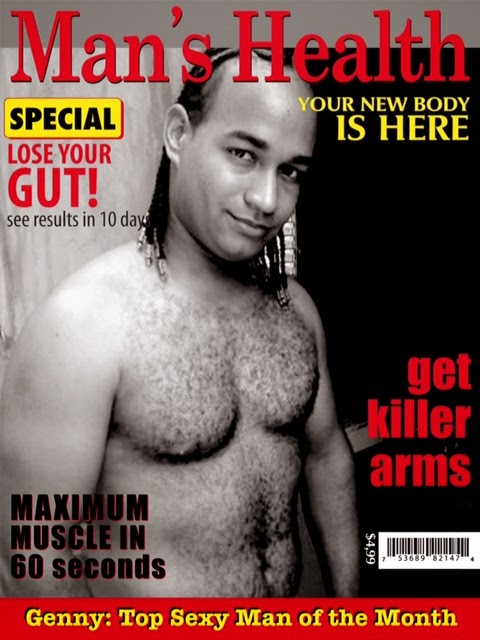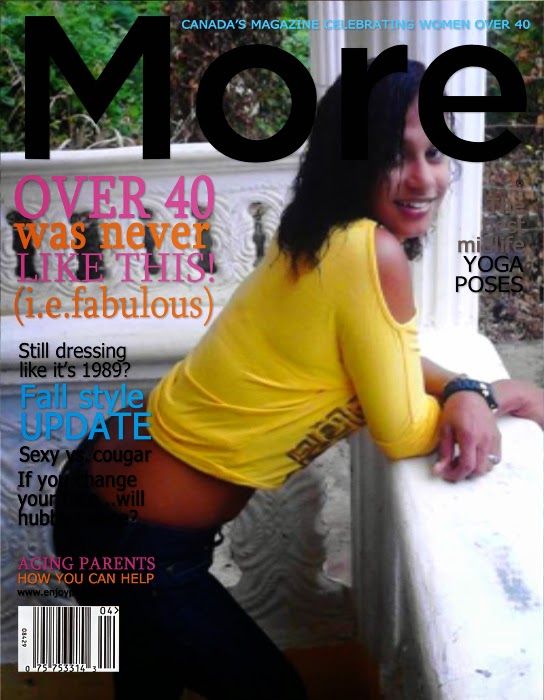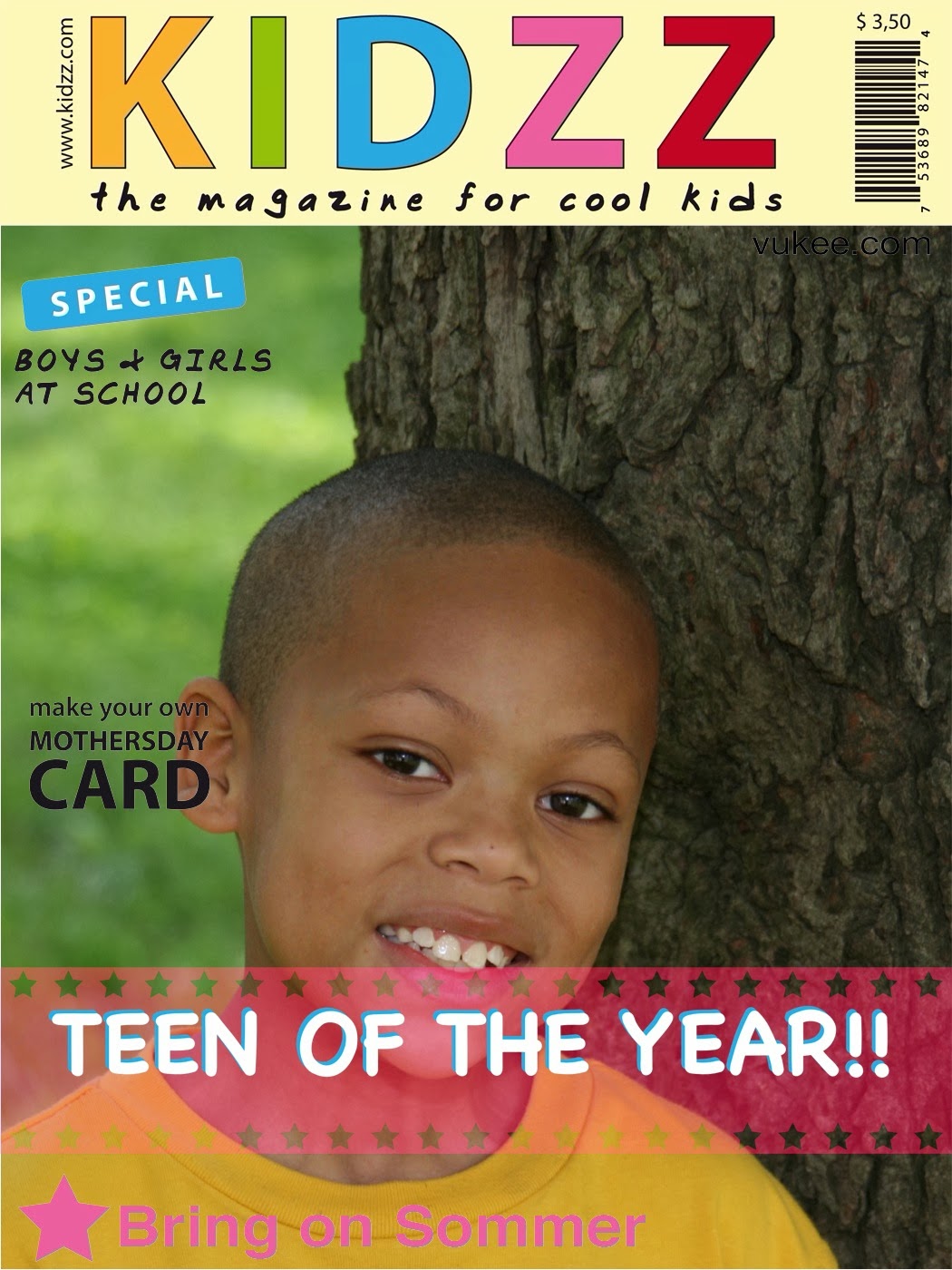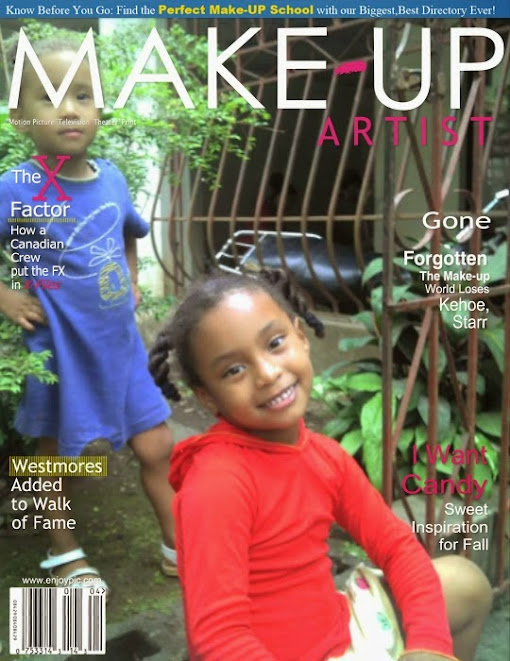What has happened with Black Superhero Comics from beginning until 2007
The superhero comics that kids once knew (and perhaps loved) are in trouble. Notwithstanding Hollywood's recent infatuation with big-budget superhero movies, for much of the past 30 years the monthly comic book adventures of Spider-Man, Batman and their kind have been suffering from shrinking readership and slumping sales.
For example, during the heyday of the late 1970s, a bestseller from DC or Marvel Comics, two of the biggest publishers, could expect to sell 300,000 copies. These days a similar title would be fortunate to move more than 50,000.
For an industry famous for tales packed full of muscles and melodrama, the situation has prompted an unusual amount of soul searching. The would-be villains are many. Some have blamed the sales slide on cultural upstarts, like video games, manga and the ever-present Internet. Others point to the increased popularity of bookstore-friendly graphic novels, sales of which have recently surpassed traditional comics.
But there are those who have begun to ask more complex questions, like how characters that are 40, or even 70, years old can remain relevant in an increasingly diverse society. This raises one of the oldest and most uncomfortable truths about the superhero genre: its surprising dearth of non-white heroes, particularly black ones.
Take Marvel Comics, home to such super-powered luminaries as Spider-Man, Captain America, Wolverine and the Fantastic Four. For more than 40 years, the New York-based company has modelled itself as the more progressive half of a superhero industry dyad, the other half being DC Comics. But on closer inspection, Marvel's catalogue tells a different story. According to their own figures, the Marvel universe contains more than 5,000 characters, yet even a generous count reveals that only 100 or so of these are black – less than two per cent of their fictional population. This pales in comparison to the nearly 14 per cent that the U.S. Census says makes up American society at present (the number is more like 12 if you expand the numbers to include all of North America).
The rest of the mainstream industry doesn't fair much better. Of the 300 comics published monthly by Marvel, DC, and a clutch of other companies, only a half-dozen or so titles feature a black hero in a starring role. And according to the industry website Icv2.com, none of these titles – which include the Black Panther, Blade and Spawn – sell well enough to regularly crack the Top 50, which on most months is a realm reserved for an all-star (and all-white) cast of heroes like Spider-Man, Superman and Captain America.
Female superheroes, meanwhile, haven't fared much better in the pages of mainstream comics. While there have been many notable super-heroines in comics – including DC's Wonder Woman, who was among the first to debut way back in 1941 – their ranks are far outweighed by the men.
But for those working in the estimated $400 million mainstream comic business, the homogeneity of heroes is becoming harder and harder to ignore.
Just ask Reginald Hudlin. The writer and director behind such films like House Party and Boomerang and TV shows like Everybody Hates Chris has been frustrated for decades by what he sees as the gross under-representation of black heroes in comics. A comic fan since he was a kid (he owns more than 30,000) and the current writer behind Marvel's Black Panther title, Hudlin is perplexed by how one of the oldest and most "pop" of all popular cultures could remain so whitewashed.
"In every other medium, the most successful concept or product is black. Whether it's music, movies, TV shows: out of the top 10, four of them are black," he says from his office at Black Entertainment Television, where he is an executive. "Who are the biggest movie stars? Jamie Foxx, Will Smith, Denzel Washington, Eddie Murphy. Only in comics are blacks so under represented. Somehow, in this medium people are so out of touch with popular culture that they don't understand that black culture is popular culture."
To understand how this came to be, a brief history lesson is in order. This one starts in the summer of 1938. That's when a fledgling company called National Allied Publications (later to become DC Comics) published the first issue of Action Comics, featuring a rejected newspaper strip about a super-strong bully who could leap "an eighth of a mile." That character was Superman. Co-created by Toronto-born Joe Shuster, he served as a bolt of creative energy in a young medium populated by lacklustre adventure stories.
The success of this ur-superhero spawned a cast of similar DC characters, from Batman and Wonder Woman to the Green Lantern and The Flash. By the 1940s, superhero comics were a certified pop phenomenon, with single issues of Superman selling a million copies and dozens of companies sprouting up to cash in. In this Golden Age, the first black comic book characters mirrored attitudes of the day – simpleminded sidekicks with names like Sunny Boy Sam and Whitewash Jones. One of the companies that emerged during the initial superhero book boom was Timely Comics. It unveiled its first heroes, The Human Torch and The Submariner, in 1939's Marvel Comics No. 1. Timely would eventually take its name from that comic, rebranding itself Marvel Comics in the early 1960s not long before the appearance of another epochal comic title, Fantastic Four No. 1. Written by Stan Lee and drawn by Jack Kirby, the November 1961 debut of the super-powered team launched a second Silver Age of superhero comics, one in which heroes were flawed, often spending as much time fretting as fighting.
From this formula came a series of new superheroes and super anti-heroes, like Spider-Man, the Hulk, Daredevil and Iron Man, who caught on with a new generation looking for a change. But as society continued to progress, comics began to fall into a rut, relying on the same old characters, the majority white, that initially proved so popular.
"Comics in the last 30 years have been heavily vested in catering to nostalgia for a fan base," Regina-based cultural historian Jeet Heer said via email. "That is to say, the audience for superhero comics has gotten smaller, older and more intense over the last three decades."
As a result, most successful superhero comics continue to have roots in either the Golden Age or the Silver Age. "As it happens, both these time periods were really pre-Civil Rights (or at the very cusp of the civil rights movement), so the comics done in the past didn't really address multicultural or black issues, and the ones being done now that hearken back to the past don't deal with these issues either."
In their defence, the mainstream companies have endeavoured to inject a little diversity into their books over the years. Some would argue the results have been less than super. Marvel was the first out of the blocks in the mid-1960s when, inspired by the civil rights movement in the U.S., they unveiled several visible black heroes to their universe. Among the first were Black Panther, the tribal leader of a fictional African country, and Black Goliath, a ghetto-raised scientist who, in a freak lab accident, gains the power to grow by 15 feet.
DC didn't really get into the game until the 1970s, when the industry began to take its inspiration from blaxploitation films. Memorably, in 1972 they introduced John Stewart, an architect who becomes an emergency replacement for the Green Lantern of the day, Hal Jordan. By resisting a suggestion to name him Isaiah Washington (a stereotypical slave name), artist Neal Adams struck a blow for diversity at DC.
Another arrived later that same year, when Marvel introduced Luke Cage (a.k.a. Power Man), the first black superhero to get his own eponymous title. It would also prove to be the longest lasting, running an admirable 125 issues.
The track record of ensuing black superheroes is dominated by disappointment or dismal failure. There were spectacular flops, from DC's multi-racial "Planet DC" line to Spike Lee's best-forgotten "Comics With Spike" line. The mainstream comic industry's pitiable, and even outright embarrassing, track record on diversity comes as no surprise to retailers like Peter Birkemoe.
"Everything that these companies do is in complete isolation from true market forces. They are not now, nor have they been for 30 years, part of the mass media," says the co-owner of Toronto's most discerning comic shop, The Beguiling. "Companies run by fans with comics drawn by fans rarely think of catering to anyone but themselves, which unfortunately means comics aimed primarily at adult men who still want to read comics featuring characters suited to children's entertainment."
If they're truly unable to recruit younger readers, superhero comics are destined to whither and possibly die within a generation or two. It is entirely possible that our grandchildren will know of Spider-Man or Batman only through other iterations, like Hollywood, cartoons, or video games.
Leopold Campbell, a 34-year-old vice-principal and die-hard superhero fan, has an easy solution: write better stories. Campbell, who has been reading comics since he was "a working-class black kid" in Toronto, says comic fans of all colours get hooked on them for one reason, the addictive nature of serialized storylines – many of which involve complex plots and take years to resolve.
Most black comics, on the other hand, "are insulting to the intelligence," he says. "The problem is, black characters always have to be protest characters... They're always arguing about something or they're always angry, and it always has to do with race. So they're fixed within one specific subject."
The worst recent example of this was Steel, a 1994 Superman spin-off that featured a black engineer-turned-superhero. "The stories were insulting. [Here's] this guy that's supposed to be highly intelligent and makes weapons for the military, and he's fighting people in the ghetto. It just made no sense." This is especially frustrating for Campbell who runs a book club for boys (many of whom are black) at Toronto's Fisherville Junior High School.
"The black students are very much intrigued by the black characters, they want the black heroes. They feel a sense pride and they relate to them... but it's the story that will keep them coming back, and often the problem is the stories aren't great. They'd rather go out and buy a hip-hop CD than go buy a bunch of comics."
If anyone is going to take the black superhero out of the ghetto, it just might be Marvel's executive editor, Axel Alonso.
A veteran of Marvel and DC, Alonso has championed controversial projects, including a 2003 miniseries that re-imagined the 1950s western hero Rawhide Kid as a leather-clad gay cowboy, and the 2004 series Truth: Red, White and Black. It recounted the untold story of the first Captain America, an African American who endured brutal tests that echoed the real-life Tuskegee syphilis experiments that were conducted starting in the 1930s on a group of American men who were black and poor.
Both series were praised by many outside of the comic industry, yet Marvel weathered intense – and often racially charged – criticism from fans.
"The comic book industry is a little bit like the music industry before hip-hop," Alonso says. "When hip-hop broke, it was embraced almost 100 per cent by a black and Latino audience, and it took quite a while for it to get the inroads that it did to a white audience. There were some quantum leaps in the music industry as hip-hop found its footing and arguably supplanted rock as the cultural mainstream. Within comics we haven't had that kind of thing yet."
To help get there, in 2005 Marvel mounted a high-profile launch of a title starring their marquee black hero, the Black Panther. The series debuted in February – Black History Month – and landed at the No. 27 spot on the monthly bestseller list (above the Fantastic Four and Spider-Man).
But in the two years since, sales have dropped 50 per cent and Hudlin has been the target of venomous criticism. One early scene that depicted Black Panther beating Captain America in a fight provoked online critics to accuse him of "shameless race-card playing" and "promoting an exaggerated super Negro."
It got so bad last fall that the website Comic Book Resources temporarily suspended all discussion of the comic on its message boards, citing an "unacceptable level of vitriol."
"I won't lie," says Alonso. "This is a title that we need to fight to keep alive. I mean, I've yet to see a writer take more hits from the right people than Reggie."
He adds that Marvel is committed to keeping the book alive, even if it means ignoring low sales figures.
"If we can't have the Black Panther as a major player in the Marvel Universe then we're not doing our job. This isn't affirmative action – it's just the facts. This is a character that we feel has legs, and if it takes an extra commitment to making that be the case, then so be it."
Last summer DC Comics unveiled its own diversification gambit that it hopes will win over fans, however calls to DC comics publisher Paul Levitz, seeking further comment were not returned by press time. As part of a larger shake-up of its fictional universe, DC introduced radical reboots of some of its stock superheroes, including an African American version of Firestorm, a Hispanic Blue Beetle, and a new Batwoman, resurrected as a gay socialite. It's not much, but if it convinces even a few kids to put down their PSP or step away from their computer long enough to get lost in a good, old-fashioned, four-colour power fantasy then there may be hope for superhero comics after all.
"I like to think," says Alonso, "that there'll always be a place in our universe where a kid can look and see reflected in the mirror an idealized form of themselves."









